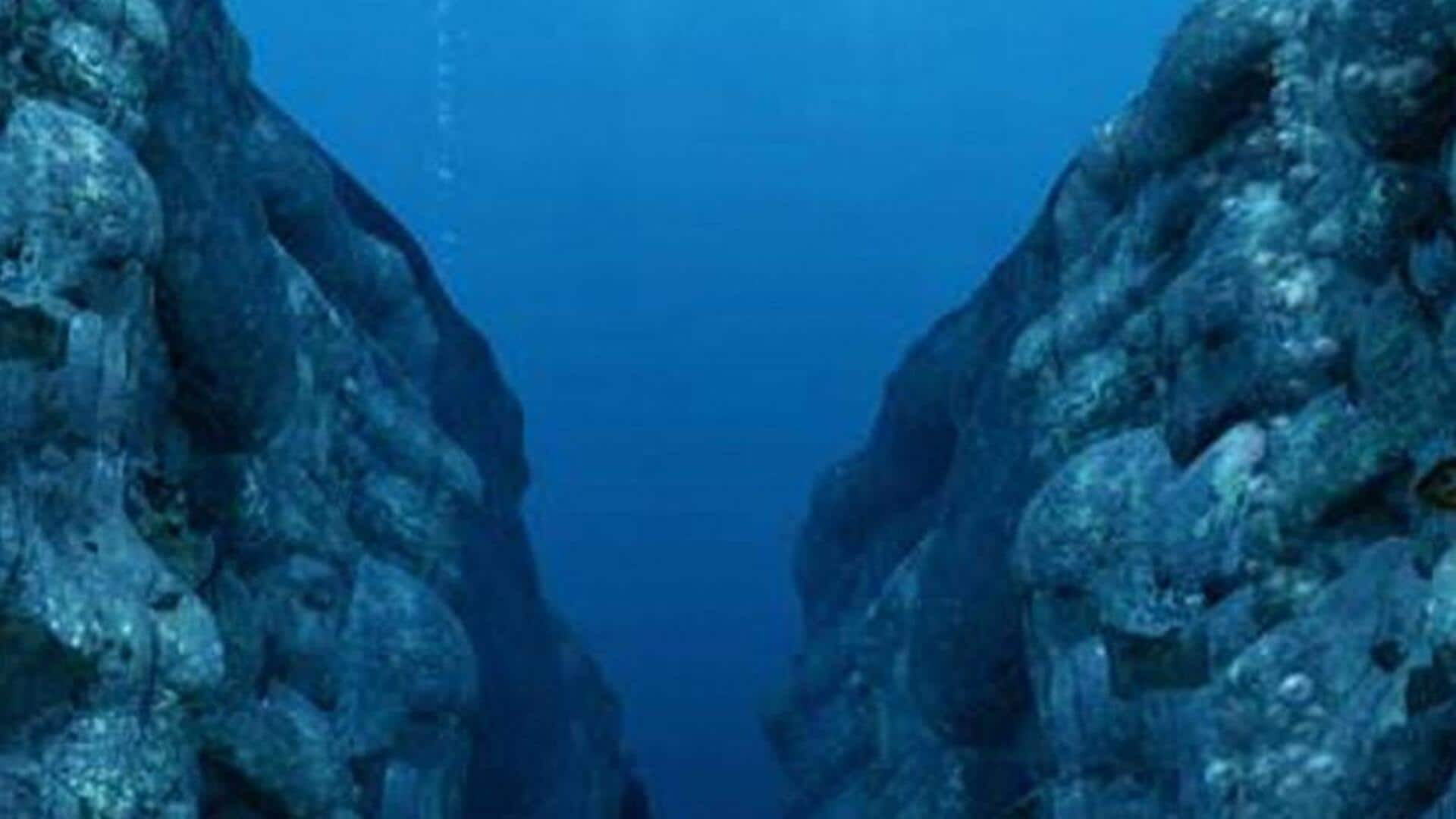
Explore the mysteries of Mariana Trench's depths
What's the story
The Mariana Trench, located in the western Pacific Ocean, is the deepest part of the world's oceans. This mysterious underwater canyon is a frontier for extreme exploration, offering a unique adventure for those intrigued by what lies beneath the ocean's surface. The trench reaches depths of more than 36,000 feet, making it a fascinating destination for scientific research and deep-sea exploration enthusiasts.
Deep dive
Embark on a submersible expedition
Experience the thrill of descending into the abyss in a submersible designed for deep-sea exploration. These specialized vessels can take you more than 35,000 feet below the surface to explore the Mariana Trench. During this journey, you'll witness otherworldly marine life and geological formations that few have seen before. It's an unparalleled opportunity to observe and learn about deep-sea ecosystems firsthand.
Research participation
Join scientific research missions
For those with a passion for marine science and conservation, participating in a scientific research mission provides a deep dive into ongoing studies of the ocean's depths. Engage with marine biologists and geologists as you collect samples, document new species, and contribute to essential research that seeks to understand the most unexplored territories of our planet's vast oceans.
Photo expedition
Capture underwater wonders through photography
Deep-sea photography in the Mariana Trench presents an extraordinary challenge but promises equally remarkable rewards. Equipped with specialized underwater cameras and lighting equipment, photographers can capture stunning images of rare sea creatures and dramatic landscapes that exist in perpetual darkness. This endeavor not only requires technical skill but also patience and respect for the fragile marine ecosystem.
Conservation engagement
Engage with local conservation efforts
Discover local efforts to preserve the Mariana Trench's unique biodiversity. By engaging with conservation initiatives, travelers gain insights into sustainable practices that safeguard these vital habitats from pollution and overfishing. Participation could involve joining educational workshops or supporting projects designed to reduce human impact on these sensitive marine ecosystems, contributing to their long-term health and stability.